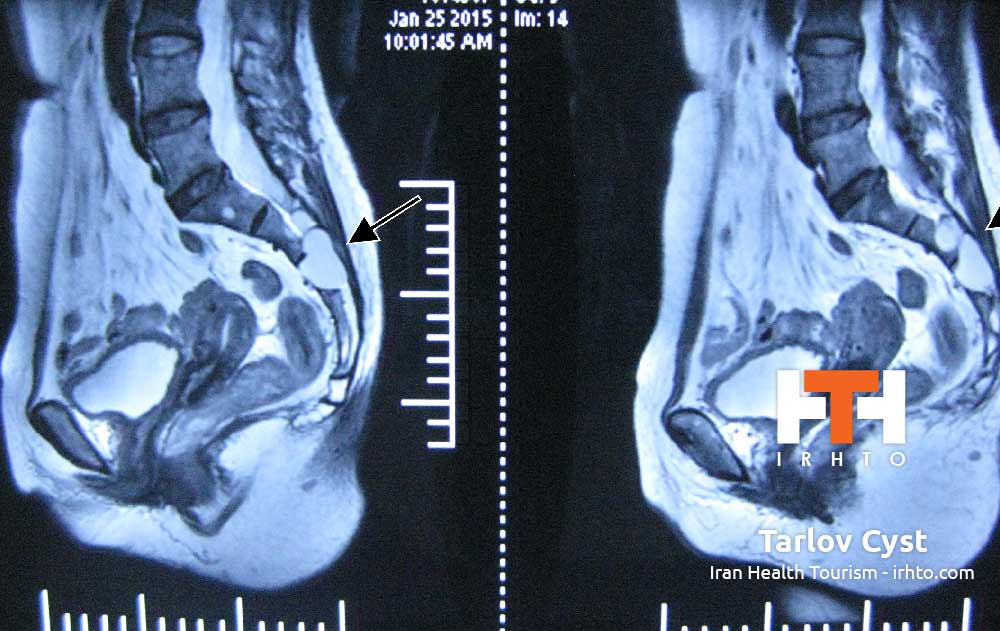
Lumbar Spinal Stenosi
The lumbar spine (lower back) consists of five vertebrae in the lower part of the spine, between the ribs and the pelvis. Lumbar spinal stenosis is a narrowing of the spinal canal, compressing the nerves traveling through the lower back into the legs. While it may affect younger patients, due to developmental causes, it is more often a degenerative condition that affects people who are typically age 60 and older.
Narrowing of the spinal canal usually occurs slowly, over many years or decades. The disks become less spongy with aging, resulting in loss of disk height, and may cause bulging of the hardened disk into the spinal canal. Bone spurs may also occur and ligaments may thicken.
Treatments
Nonsurgical Treatment
A combination of time, medications, posture management, stretching and exercise can be helpful to many patients for pain flare-ups. Weight management, nicotine cessation and bone-strengthening endeavors may also be indicated.
- Anti-inflammatory medications can be used to reduce swelling and pain, and analgesics can be used to relieve pain. Most pain can be treated with non-prescription medications, but if the pain is severe or persistent, prescription medications may be provided.
- Epidural injections of medications may be prescribed to help reduce swelling.
- Physical therapy and/or prescribed exercises may help to stabilize and protect the spine, build endurance and increase flexibility. Therapy may help the patient to resume a normal lifestyle and activities. Typically, four to six weeks of therapy is encouraged.
Surgical Treatment
There are different types of spinal surgeries available, and depending on the specific case, a neurosurgeon will help to determine what procedure might be appropriate for the patient. As with any surgery, a patient’s risks include age, overall health and other issues, which are all taken into consideration beforehand.
The most common surgery in the lumbar spine is called decompressive laminectomy, in which the laminae (roof) of the vertebrae are removed to create more space for the nerves. A neurosurgeon may perform a laminectomy with or without fusing vertebrae or removing part of a disk. A spinal fusion with or without spinal instrumentation may be used to enhance fusion and support unstable areas of the spine.



